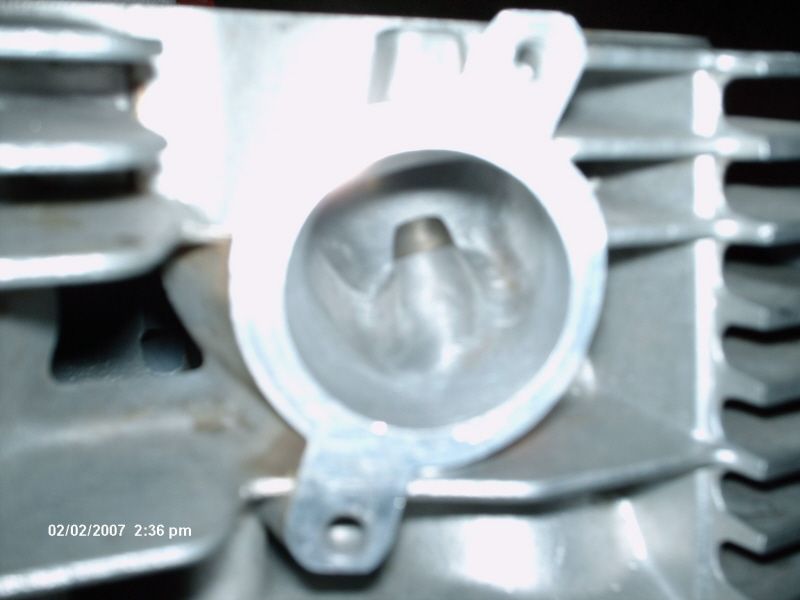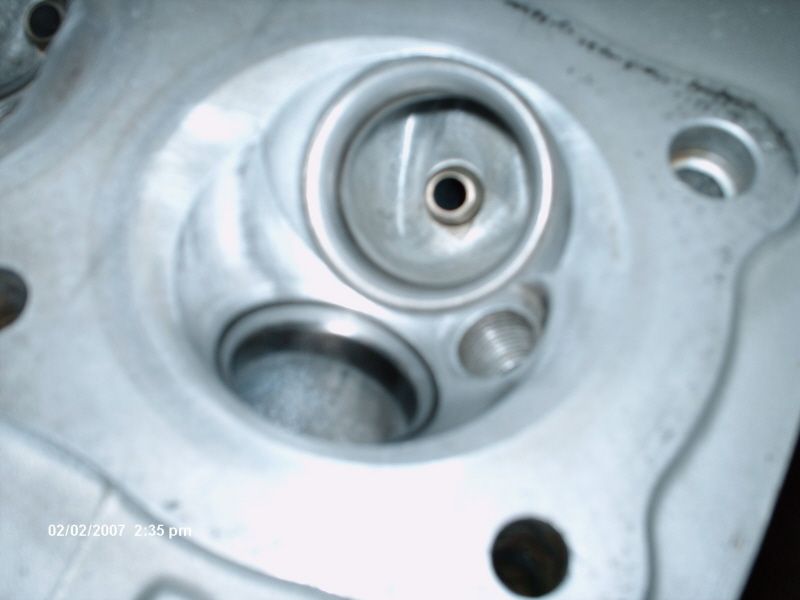Wow Dan,
I am way out of my league when it comes to you and the other Guru's.
It seem's to me that some experimentation between the 78/79 which had the part mechanical advance along with the vacuum advance, and the 80 and later, strictly vacuum advance. Correct me if I am wrong, but didn't the 78/79 have flyweights and springs??? And the 80 and later is just vacuum? Plus the different initial and advanced timing differences between the two
Nonetheless an interesting and thought provoking read. Good luck
I am way out of my league when it comes to you and the other Guru's.
It seem's to me that some experimentation between the 78/79 which had the part mechanical advance along with the vacuum advance, and the 80 and later, strictly vacuum advance. Correct me if I am wrong, but didn't the 78/79 have flyweights and springs??? And the 80 and later is just vacuum? Plus the different initial and advanced timing differences between the two
Nonetheless an interesting and thought provoking read. Good luck






Comment